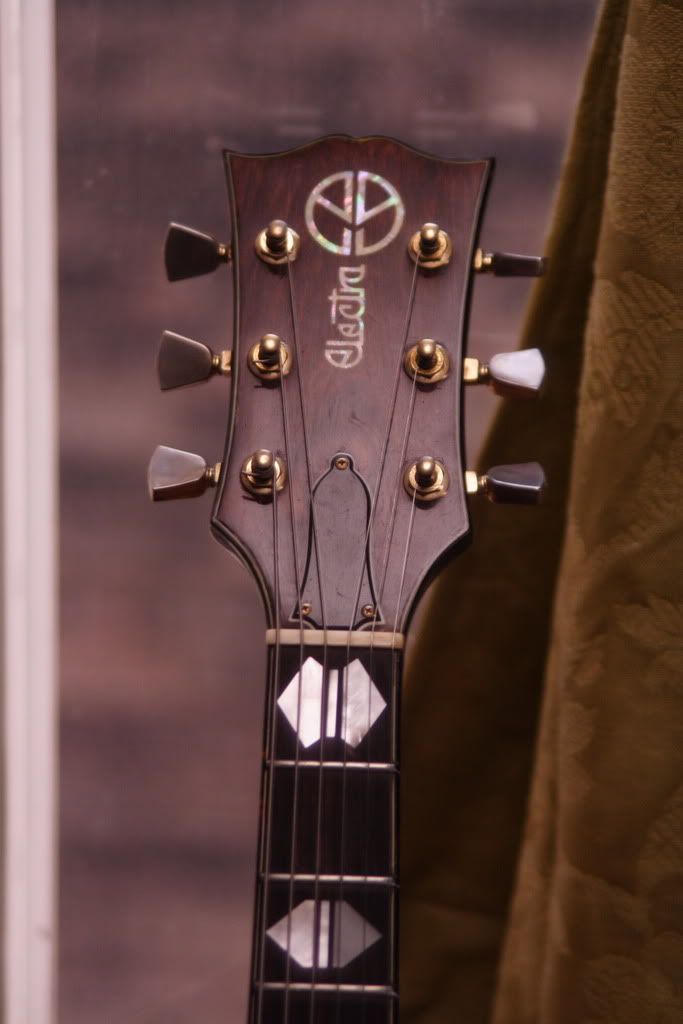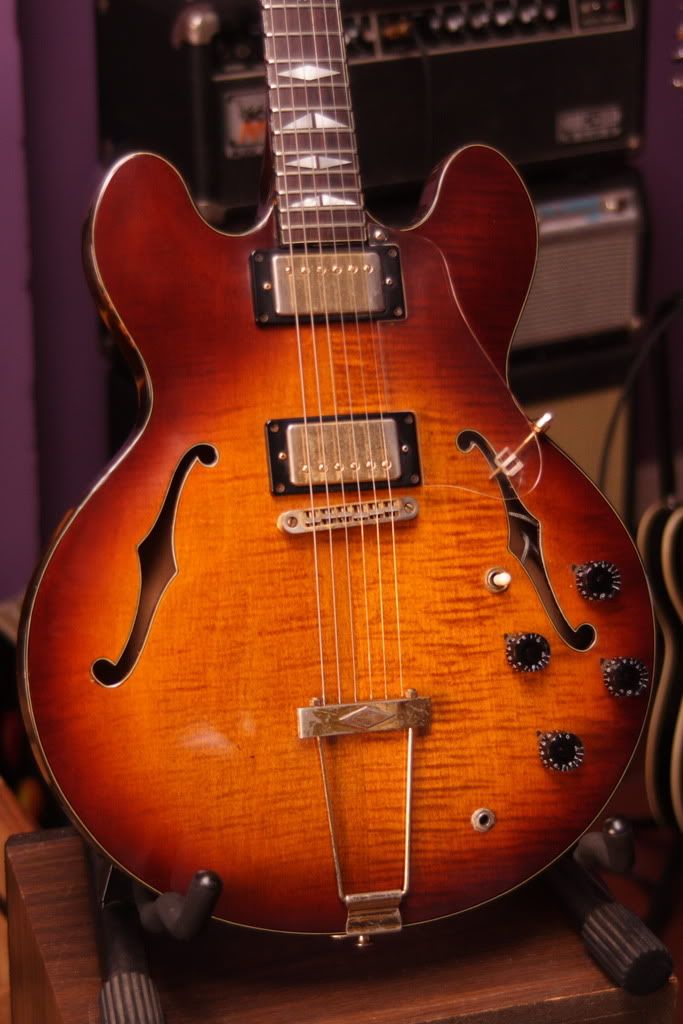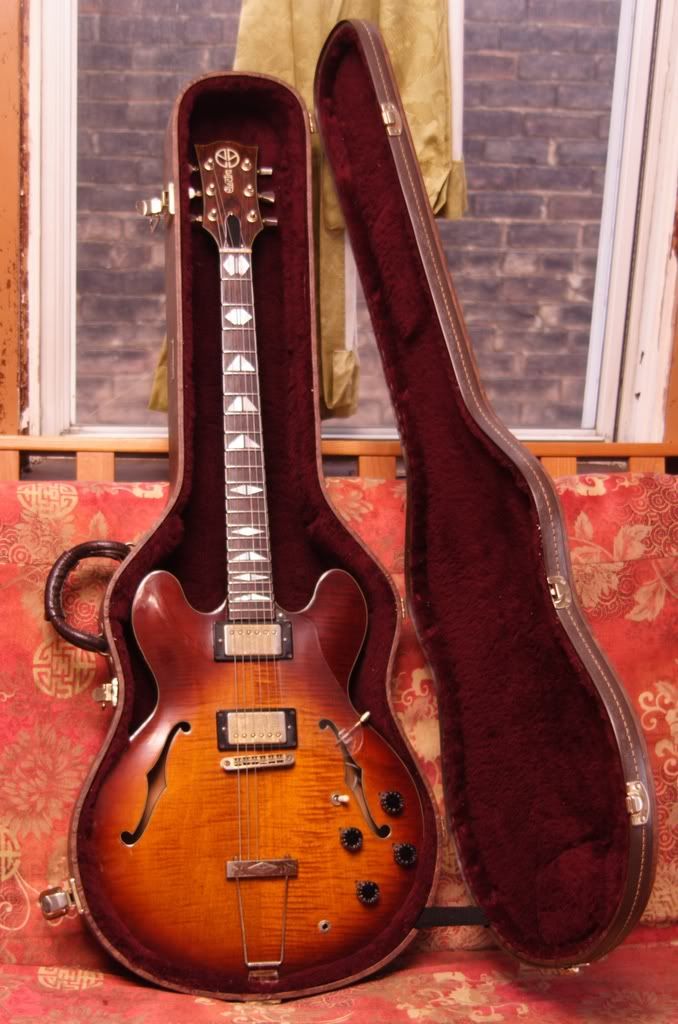|
Home Index of Models The Electra Forums PM Inbox |
|
|
All times are UTC - 8 hours |
 
|
Page 1 of 2 |
[ 16 posts ] | Go to page 1, 2 Next |
|
| Author | Message | |||
|---|---|---|---|---|
| DanD |
|
|||
|
Joined: Tue Jul 03, 2007 10:28 am Posts: 13 |
|
|||
| Top | |
|||
| leia |
|
||||
|
Joined: Sun Mar 31, 2002 4:00 pm Posts: 180 Location: ontario, canada |
|
||||
| Top | |
||||
| DanD |
|
|||
|
Joined: Tue Jul 03, 2007 10:28 am Posts: 13 |
|
|||
| Top | |
|||
| leia |
|
||||
|
Joined: Sun Mar 31, 2002 4:00 pm Posts: 180 Location: ontario, canada |
|
||||
| Top | |
||||
| DanD |
|
|||
|
Joined: Tue Jul 03, 2007 10:28 am Posts: 13 |
|
|||
| Top | |
|||
| DanD |
|
|||
|
Joined: Tue Jul 03, 2007 10:28 am Posts: 13 |
|
|||
| Top | |
|||
| DanD |
|
|||
|
Joined: Tue Jul 03, 2007 10:28 am Posts: 13 |
|
|||
| Top | |
|||
| X189player |
|
||||
|
Joined: Sat May 22, 2004 12:17 am Posts: 1903 |
|
||||
| Top | |
||||
| DanD |
|
|||
|
Joined: Tue Jul 03, 2007 10:28 am Posts: 13 |
|
|||
| Top | |
|||
| X189player |
|
||||
|
Joined: Sat May 22, 2004 12:17 am Posts: 1903 |
|
||||
| Top | |
||||
| DanD |
|
|||
|
Joined: Tue Jul 03, 2007 10:28 am Posts: 13 |
|
|||
| Top | |
|||
| leia |
|
||||
|
Joined: Sun Mar 31, 2002 4:00 pm Posts: 180 Location: ontario, canada |
|
||||
| Top | |
||||
| DanD |
|
|||
|
Joined: Tue Jul 03, 2007 10:28 am Posts: 13 |
|
|||
| Top | |
|||
| DanD |
|
|||
|
Joined: Tue Jul 03, 2007 10:28 am Posts: 13 |
|
|||
| Top | |
|||
| leia |
|
||||
|
Joined: Sun Mar 31, 2002 4:00 pm Posts: 180 Location: ontario, canada |
|
||||
| Top | |
||||
 
|
Page 1 of 2 |
[ 16 posts ] | Go to page 1, 2 Next |
|
All times are UTC - 8 hours |
Who is online |
Users browsing this forum: No registered users and 21 guests |
| You cannot post new topics in this forum You cannot reply to topics in this forum You cannot edit your posts in this forum You cannot delete your posts in this forum |



